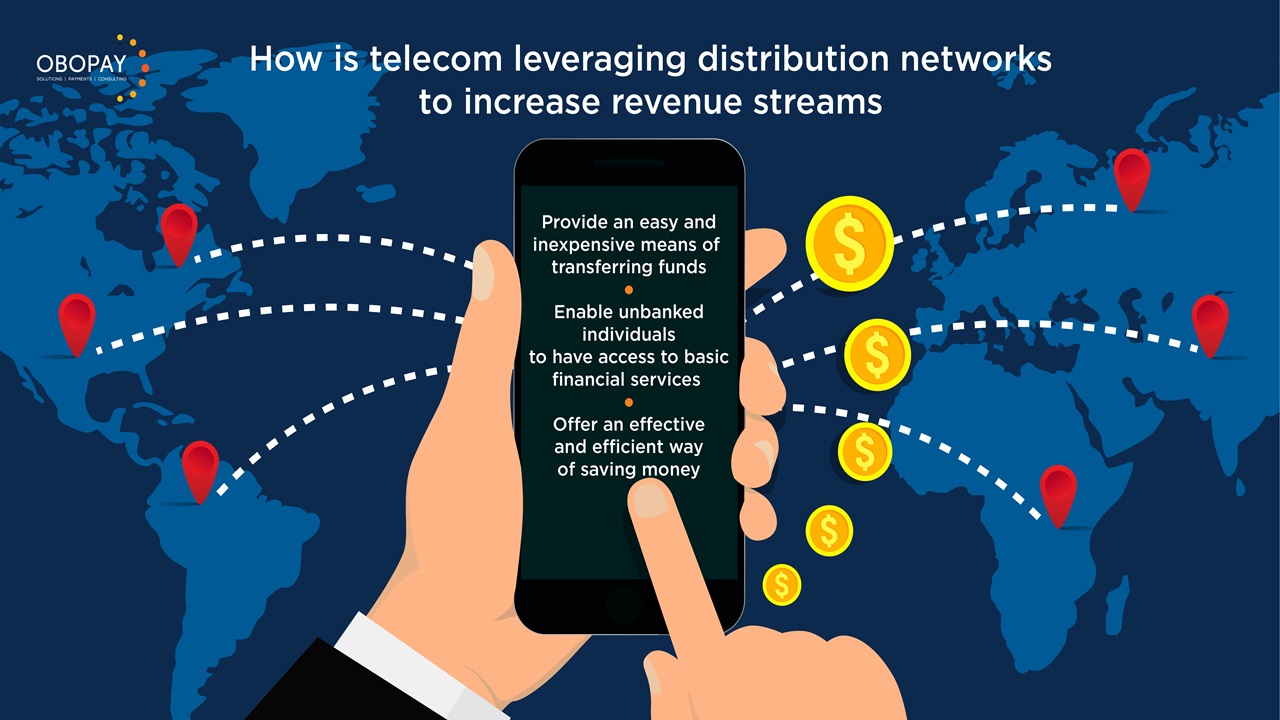By: Husam Yaghi
Welcome to a journey through the dynamic world of telecommunications, the backbone of digital communication and emerging technologies! Whether it is artificial intelligence, blockchain, the Internet of Things, or most recently 5G connectivity, these technologies are bringing transformational change to nearly every industry, including the telecommunications industry, which is responsible for facilitating much of this change, finds itself at a critical inflection point.
This paradigm shift highlights the growing importance of mobile data, while revenues from traditional telecom services are steadily declining due to the popularity of Over-The-Top (OTT) services like messaging and voice apps.
The Evolution of Telecommunications
- Over-the-Top (OTT) Services
Traditionally, telecom companies generated revenue primarily from voice and SMS services; which is challenged by OTT services. The OTT era encompasses activities, content, and services provided via the internet, accessible on any device without the limitations of specific platforms. Netflix, YouTube, Whatsapp, and Skype are examples of popular OTT services. These apps offer a richer experience with features such as group chats, voice and video calls, and the ability to share multimedia effortlessly and instantly. Therefore, mobile data has become essential for real-time communication. Consumers, especially younger generations, rely heavily on OTT platforms for communication, social interaction, and entertainment. This reliance on OTT has led to a surge in mobile data consumption, presenting both challenges and opportunities for Mobile Network Operators (MNOs).
- Mobile Data Innovations
The surge in mobile data usage marks another revolutionary change in telecommunications. As smartphones became ubiquitous, the demand for mobile internet exploded. Innovations in mobile data technology, such as the development from 3G to 4G and now 5G, have radically changed how we access information and communicate on the go. These advancements have enabled features like high-definition video streaming, real-time gaming, and instant social media updates, all from our mobile devices. Culturally and economically, mobile data has democratized internet access, making it cheaper and more available to people across different socioeconomic backgrounds.
- Future Trends in Telecommunications
As we look ahead, the telecommunications sector is poised for more transformative changes. The continued rollout of 5G technology promises even faster speeds and more reliable connections. There is also growing excitement around the possibilities of integrating artificial intelligence with telecommunications networks to further enhance operational efficiencies and customer experiences.
Metaverse project will have a significant impact on telecom providers. There will be a shift of the current 2D internet into more 3D and VR and metaverse will be the final stop. Telcom providers will have to deploy cost-effective solutions; like pixel streaming, for reliable content delivery.
As data consumption continues to rise, personalization is crucial for telco providers. OTT platforms already leverage Artificial Intelligence (AI) to personalize recommendations and content delivery. In the future, we can expect AI to enable real-time translation during calls, personalized content summarization, and other advancements within OTT platforms. Also, telcos can leverage AI to optimize their networks and enhance the user experience by predicting and managing network congestion.
Moreover, the expansion of the Internet of Things (IoT) is expected to connect an ever-increasing number of devices, making smart homes and smart cities more functional and efficient. Lastly, we anticipate further convergence between telecommunications, media, and technology, blurring the lines between content creators, platforms, and carriers.
Opportunities for Telecom Providers
The rise of OTT services has undoubtedly impacted voice and text message revenue. However, this shift has also fueled a surge in mobile data usage. By providing the connectivity that powers these services, telecom companies can capitalize on this data boom. Strategic data plans and tiered pricing structures can incentivize higher data consumption, driving revenue growth.
The rollout of 5G networks presents a significant growth prospect. With its blazing-fast speeds and ultra-low latency, 5G unlocks entirely new revenue streams. Telecom providers can position themselves as partners in innovation, collaborating with businesses and developers to create next-generation applications in areas like virtual reality, augmented reality, and IoT.
As data consumption continues to rise, personalization becomes crucial for telecom providers. OTT platforms already leverage AI to deliver personalized recommendations and content. In the future, AI can enable real-time call translation, personalized content summarization, and other advancements within OTT platforms. Also, telcos can use AI to optimize their networks, predict and manage congestion, and enhance the overall user experience. Furthermore, AI can be used to dynamically allocate network resources based on real-time traffic demands. This allows telecom providers to offer “network slices” tailored to specific needs, like low-latency for autonomous vehicles or high bandwidth for virtual reality experiences. These slices can be priced at a premium, generating new revenue streams.
Similarly, the emergence of Web3 technology opens up new revenue streams for telecom providers. They can provide critical infrastructure, including high-speed internet and reliable data centers, for Web3 applications. By partnering with Web3 startups and businesses, telecom providers can offer comprehensive services to support the growing Web3 ecosystem. Additionally, leveraging their existing infrastructure, telecom providers can provide edge computing solutions, bringing decentralized applications closer to users and generating new revenue streams.
Conclusion:
As we journey through the evolving landscape of telecommunications, it is clear that technologies like OTT services and mobile data are not just current phenomena but the cornerstones of tomorrow’s connectivity. The integration of advanced technologies such as AI, machine learning, and IoT with these services promises a more integrated, efficient, and expansive future for telecom.
In embracing these changes, both consumers and businesses stand to gain immensely from enhanced connectivity, richer media experiences, and innovative communication solutions. The key will be in adapting swiftly and effectively while prioritizing security and privacy to harness the full potential of these emerging technologies.
Disclaimer: “This blog post was researched and written with the assistance of artificial intelligence tools.”
